We've found 95 matches for your search. Order by
Results
-
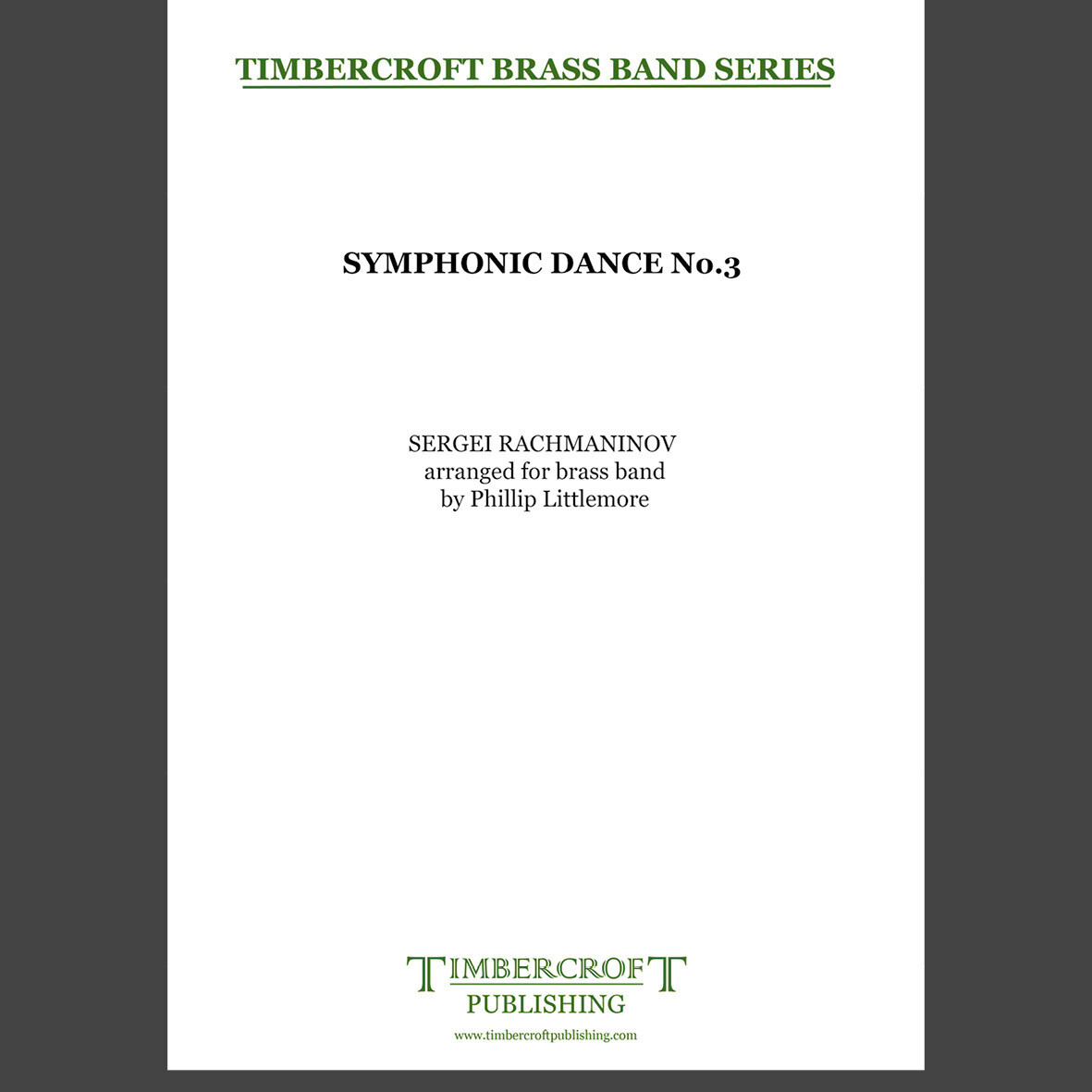 £40.00
£40.00Symphonic Dance No.3 - Sergei Rachmaninov arr. Phillip Littlemore
Estimated dispatch 5-7 working days
-
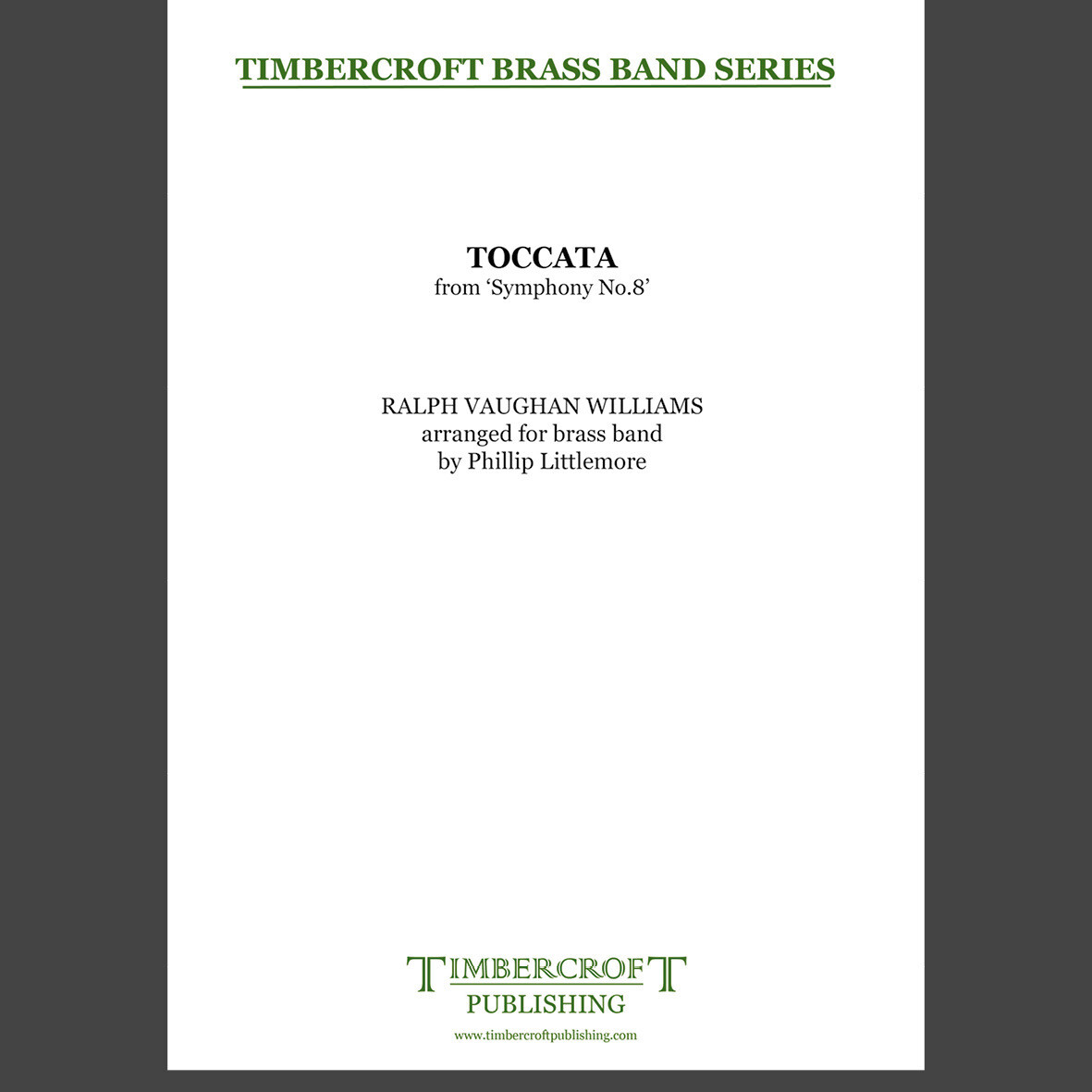 £45.00
£45.00Toccata from Symphony No.8 - Ralph Vaughan Williams arr. Phillip Littlemore
Estimated dispatch 5-7 working days
-
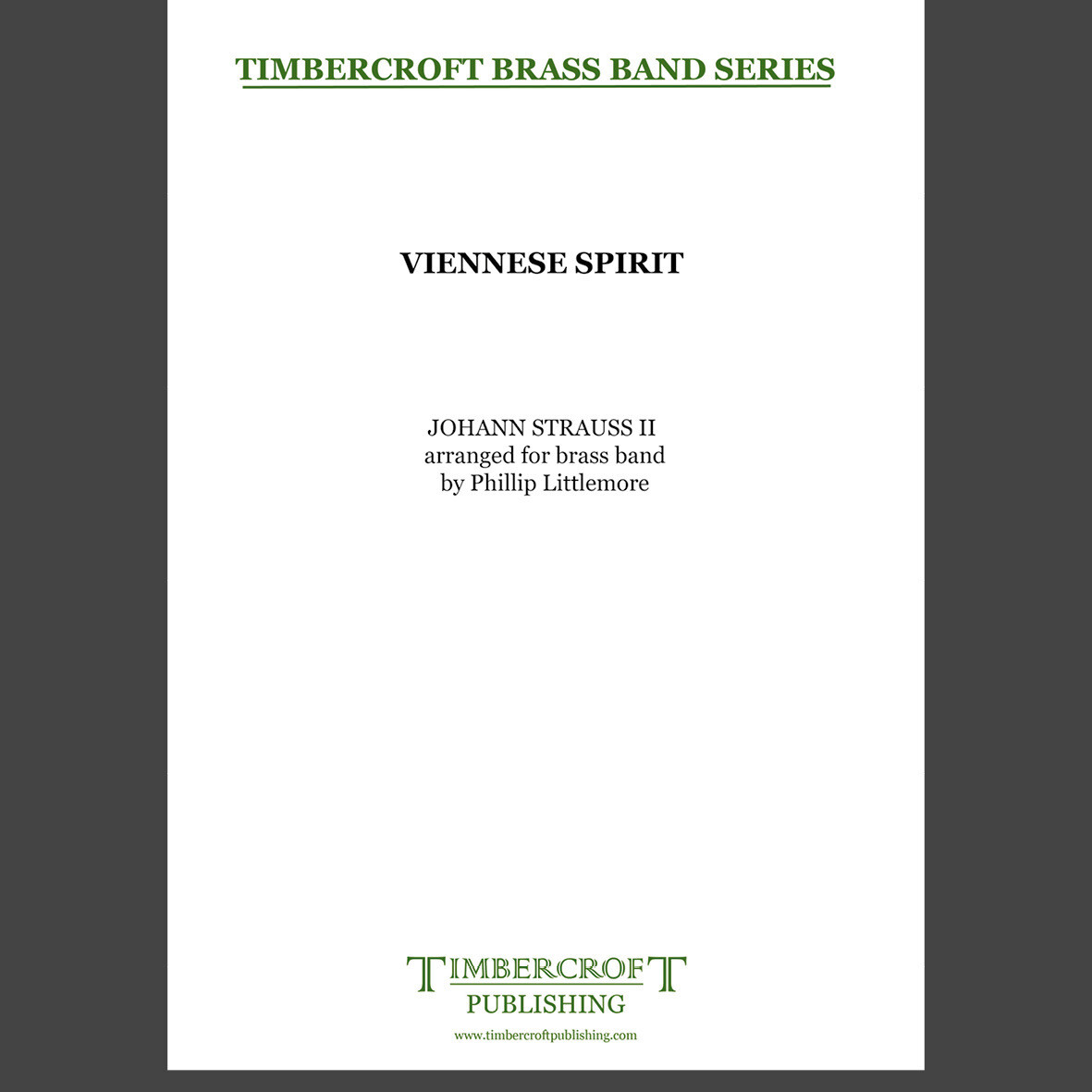 £40.00
£40.00Viennese Spirit - Johann Strauss II arr. Phillip Littlemore
Estimated dispatch 5-7 working days
-
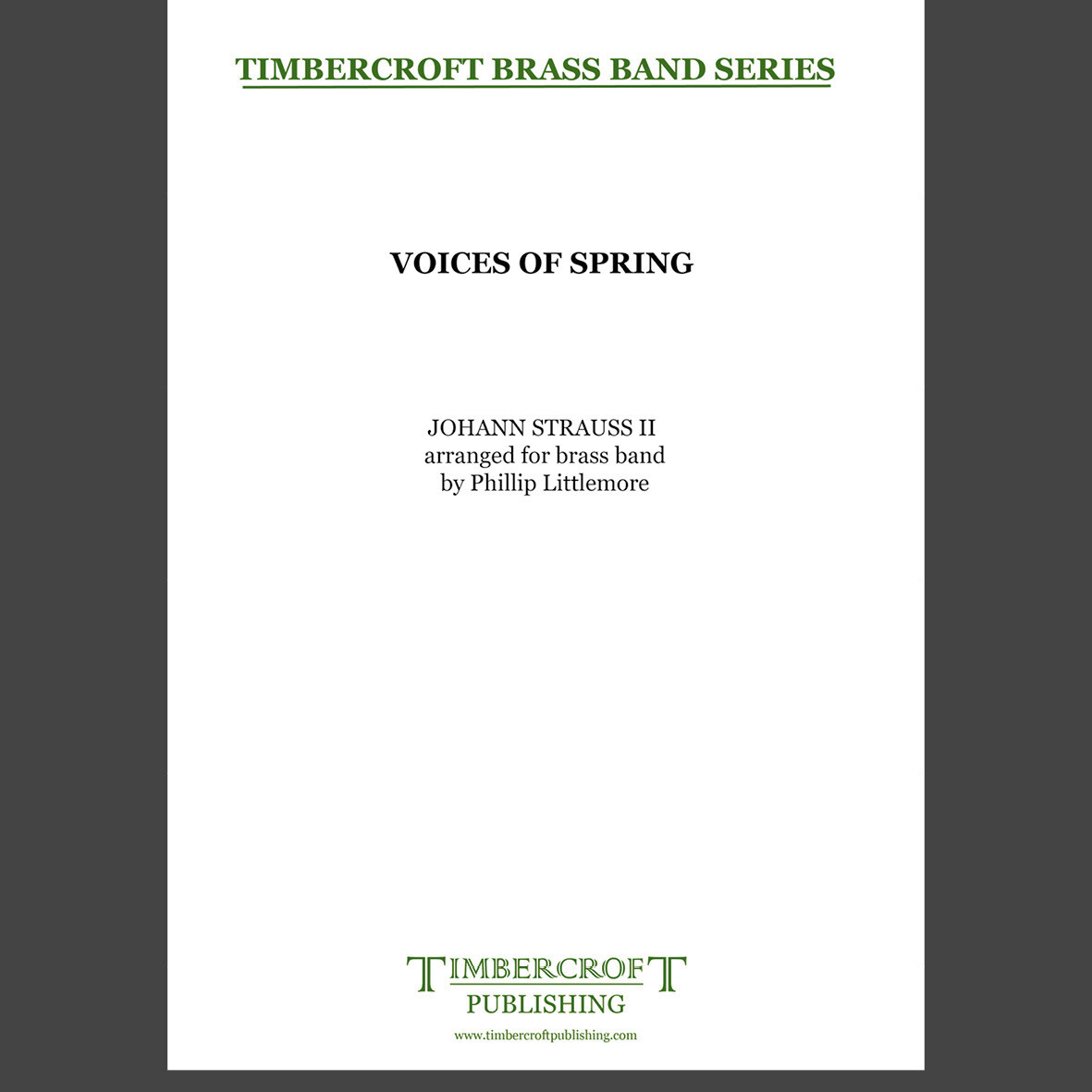 £40.00
£40.00Voices of Spring - Johann Strauss II arr. Phillip Littlemore
Estimated dispatch 5-7 working days
-
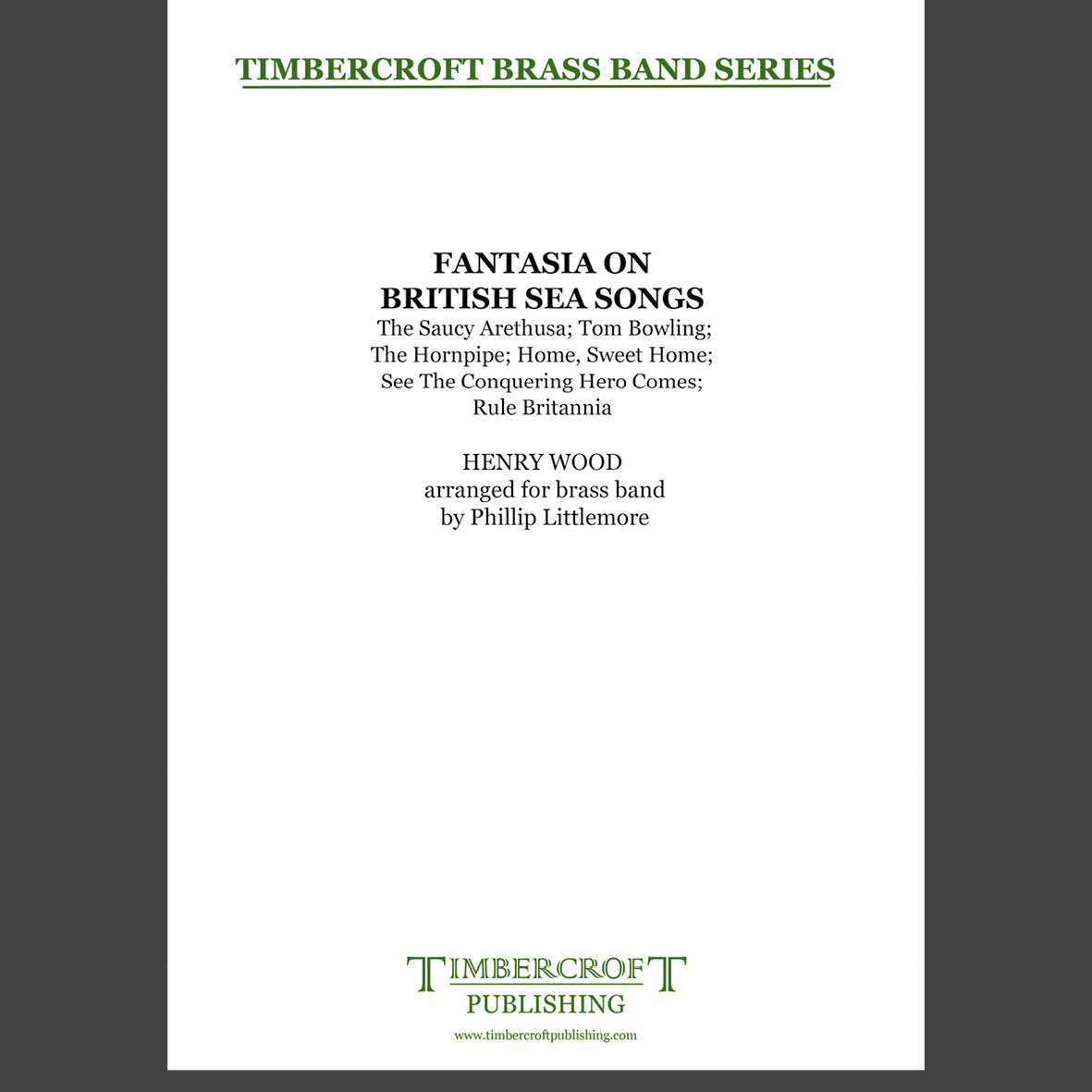 £45.00
£45.00Fantasia on British Sea Songs - Henry Wood arr. Phillip Littlemore
Estimated dispatch 5-7 working days
-
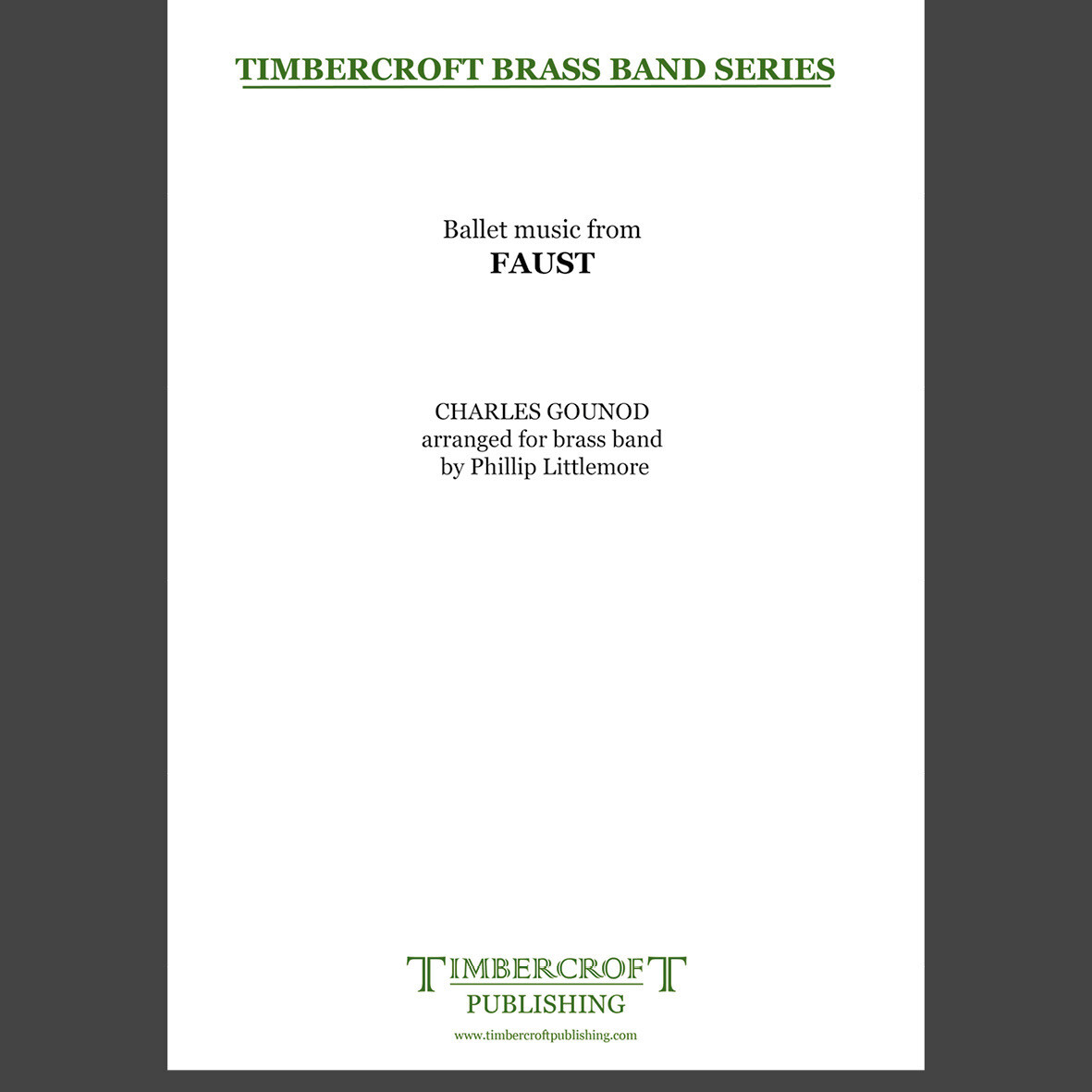 £35.00
£35.00Ballet Music from Faust - Charles Gounod arr. Phillip Littlemore
Estimated dispatch 5-7 working days
-
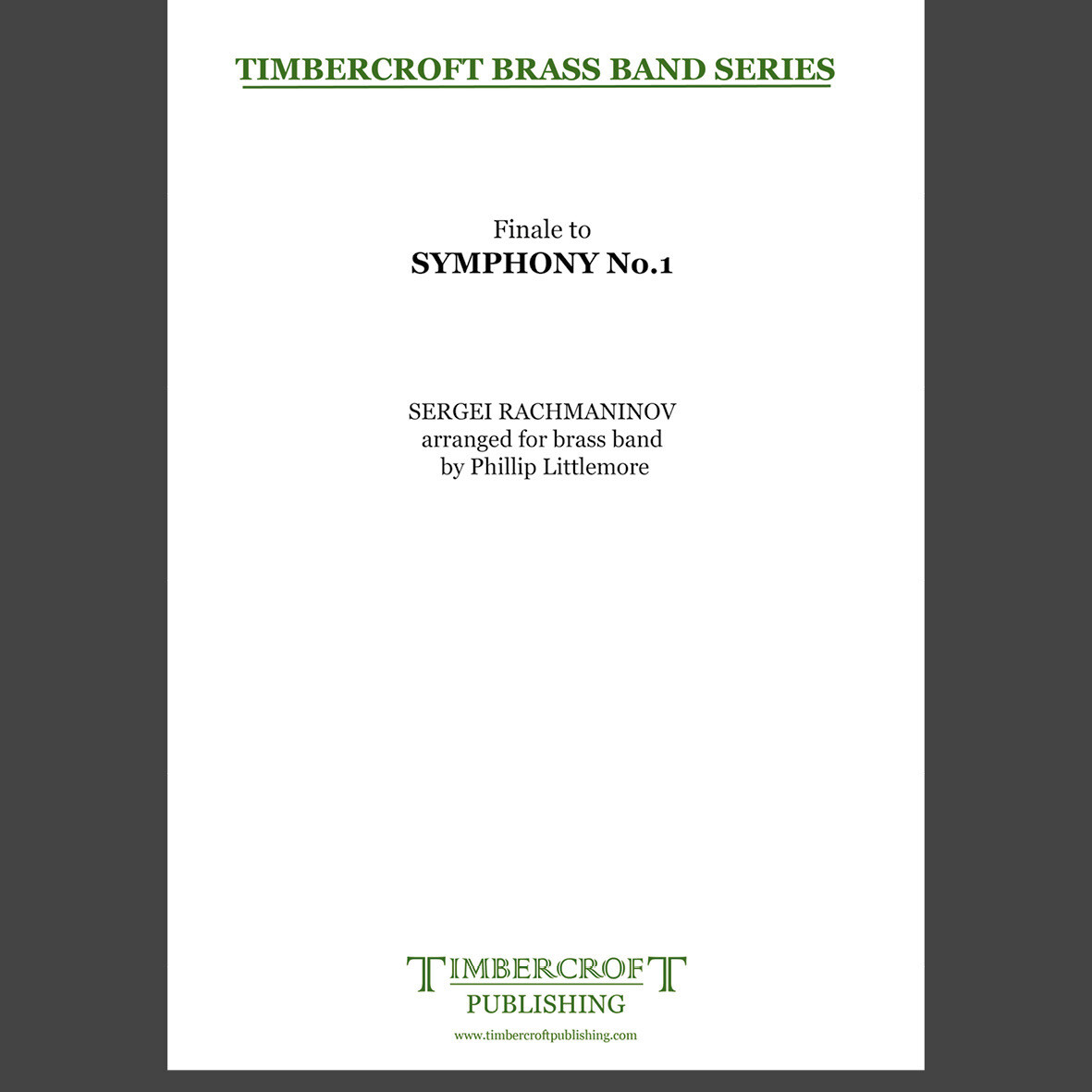 £45.00
£45.00Finale from Symphony No. 1 - Sergei Rachmaninov arr. Phillip Littlemore
Estimated dispatch 5-7 working days
-
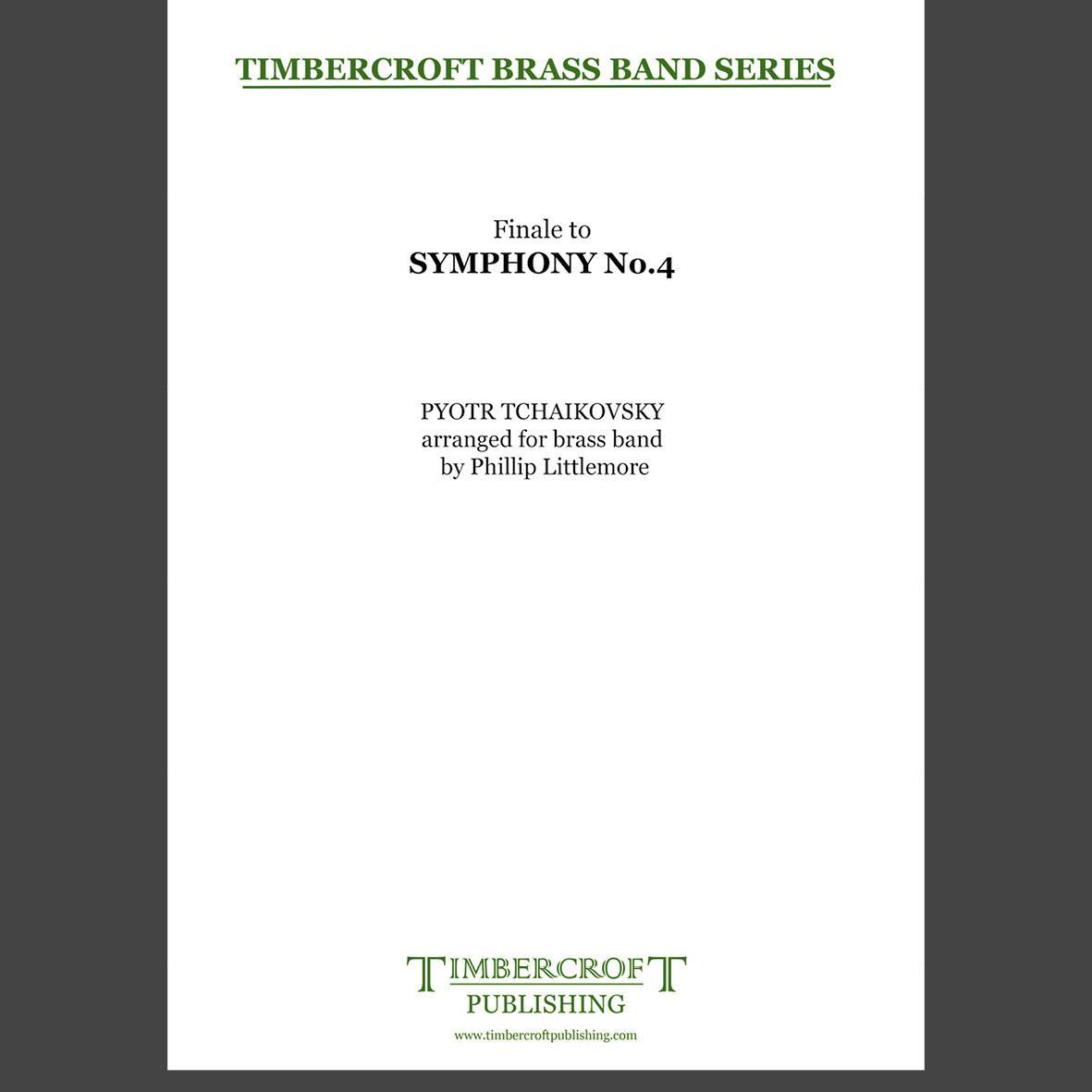 £45.00
£45.00Finale from Symphony No. 4 - Pyotr Tchaikovsky arr. Phillip Littlemore
Estimated dispatch 5-7 working days
-
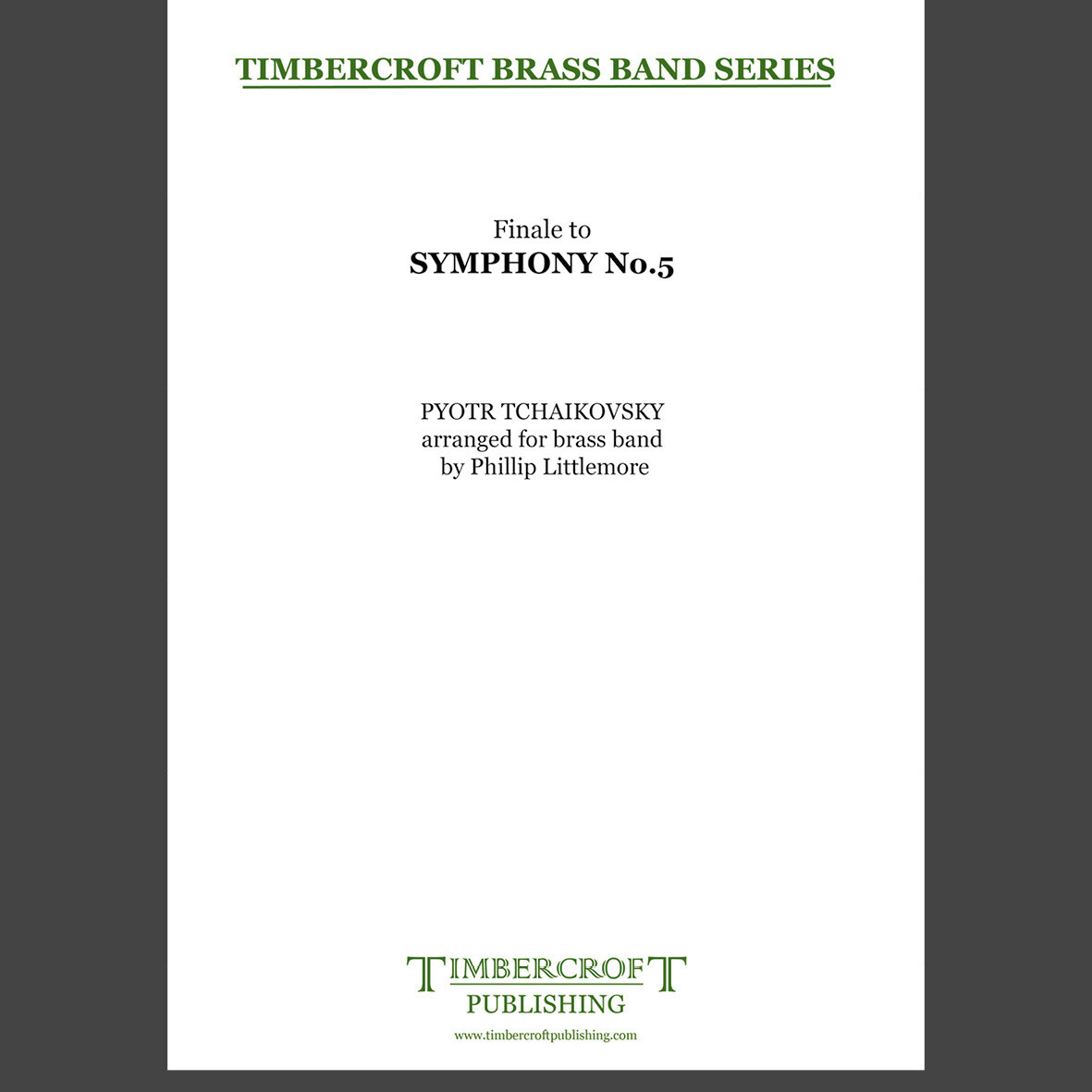 £45.00
£45.00Finale from Symphony No. 5 - Pyotr Tchaikovsky arr. Phillip Littlemore
Estimated dispatch 5-7 working days
-
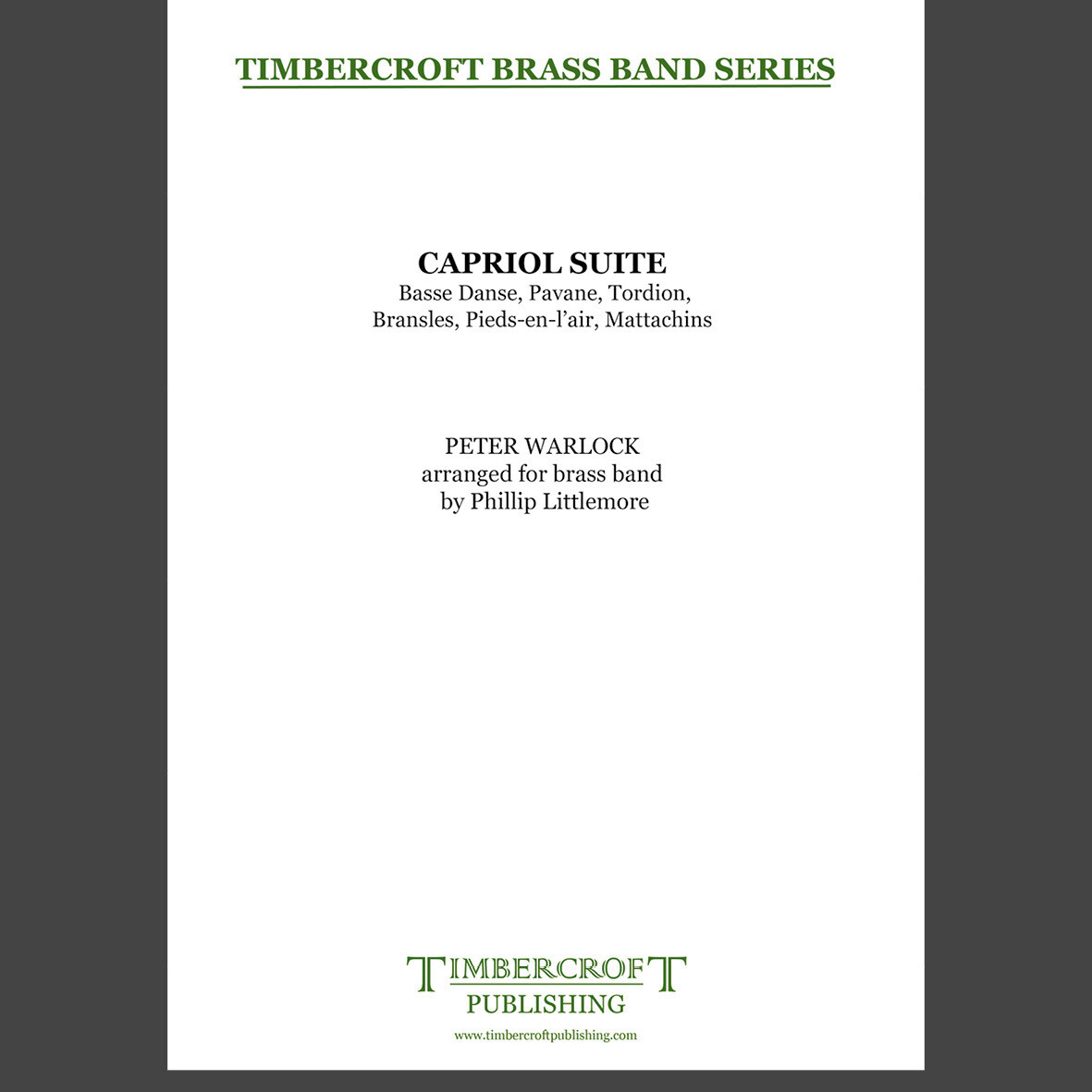 £60.00
£60.00Capriol Suite - Peter Warlock arr. Phillip Littlemore
Estimated dispatch 5-7 working days
